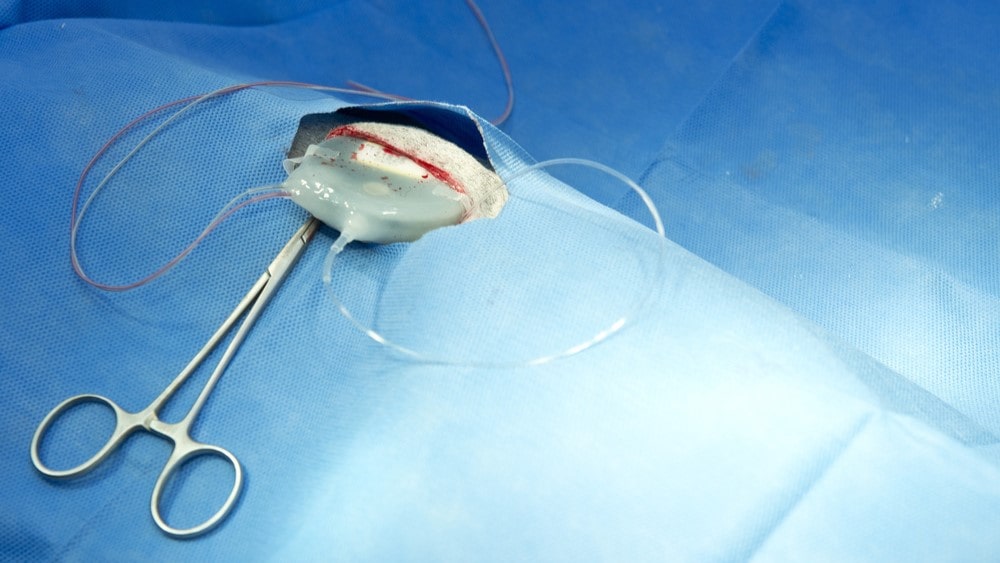Aim: To study the effect of drugs on the blood pressure and heart rate of dogs.
Principle: Arterial blood pressure is defined as the pressure exerted by the blood on the walls of the blood vessels. Therefore, blood pressure = cardiac output × peripheral resistance. The heart and the blood vessels are under the control of the autonomic nervous system.
Both sympathetic and parasympathetic nerves supply the heart. Parasympathetic innervations are through the vagus and supply the heart. Parasympathetic innervations are through the vagus whereas the sympathetic nerve supply to the heart comes from fibers arising from the stellate or inferior cervical ganglion. The nervous supply to the blood vessels is principally from the sympathetic system. In general, sympathetic stimulation (administration of adrenaline and noradrenaline) increases cardiac output and resistance to flow leading to increased blood pressure.
On the other hand, parasympathetic stimulation (administration of acetylcholine) decreases cardiac output which lowers blood pressure. Drugs that increase blood pressure are called pressure agents, and those decreases are called.
Requirements:
Animal: Dog (6-8 kg) Anaesthetic pentobarbitone sodium (45 mg /kg, iv; prepare a stock solution containing 45mg/ml of the drug and per kg of body weight.
Drugs: adrenaline, noradrenaline, isoprenaline, acetylcholine(all 100 mg/ml stock solution), normal saline, and sodium citrate (10% w/v ).
Equipment: Artery cannula, venous cannula, dog operating table, research kymograph (big), a mercury manometer, and surgical equipment.
Procedure:
- Anesthetize the dog with pentobarbitone (45 mg/kg)given intravenously.
- Cannulate the femoral vein and connect it to a burette containing saline. Femoral vein cannulation is used for drug administration.
- Cannulate the carotid artery and mount the blood pressure using a mercury manometer.
- Record the baseline mean blood pressure response. Note the heart rate.
- Inject 3 or 5 µg/kg adrenaline through the femoral venous cannula. Note the sequence of the response,i.e. rise in blood pressure, heart rate, the vagal notch, blood pressure falling below the baseline, and recovery to the Pre-drug baseline. Wait for 5-10 min.
- Similarly administer noradrenaline, isoprenaline, and acetylcholine, one after the other. Give a sufficient gap (5-10 min ) between the effects of the two drugs.
Inference:
Report:
Make sure you also check our other amazing Article on: Effect of Drugs on Normal And Hypodynamic Perfused Frog Heart
